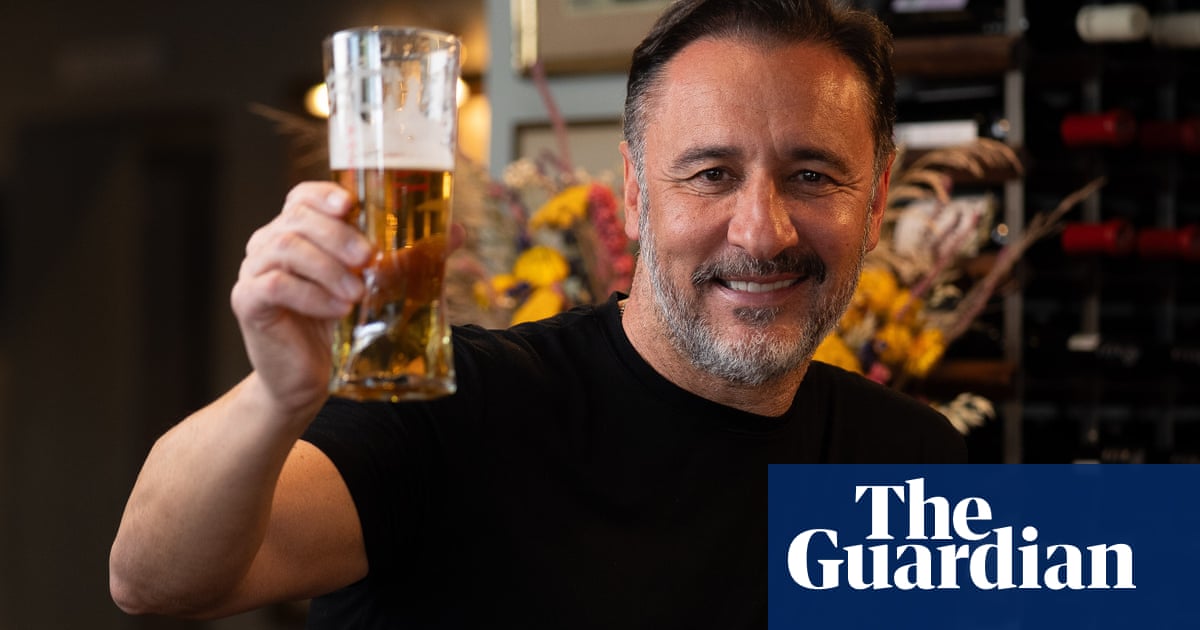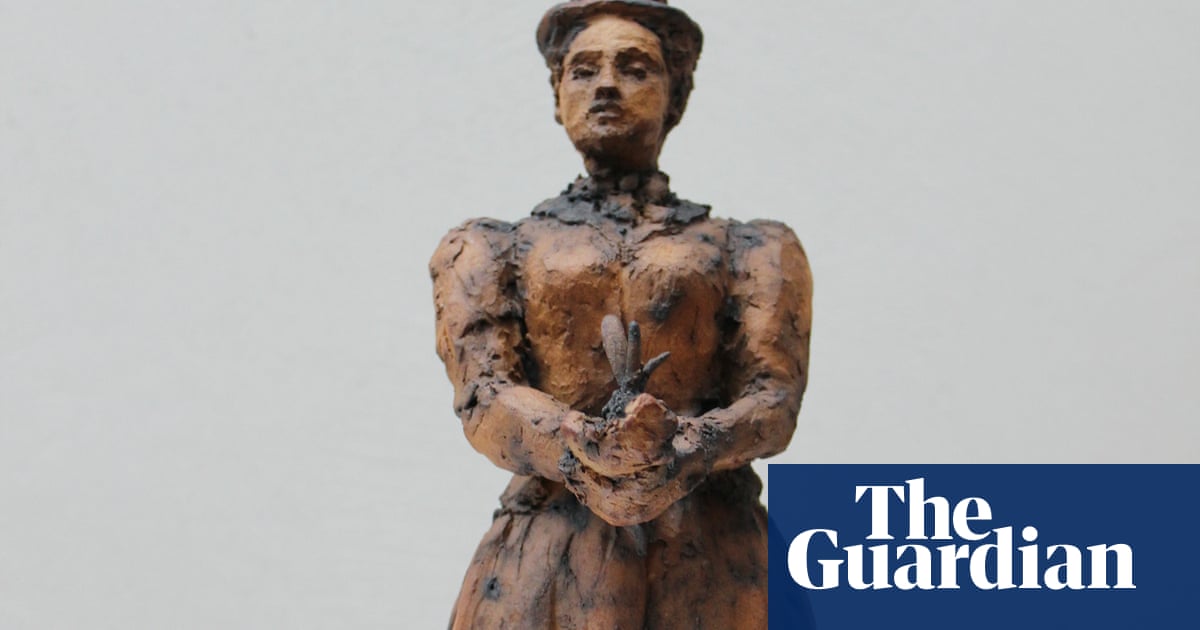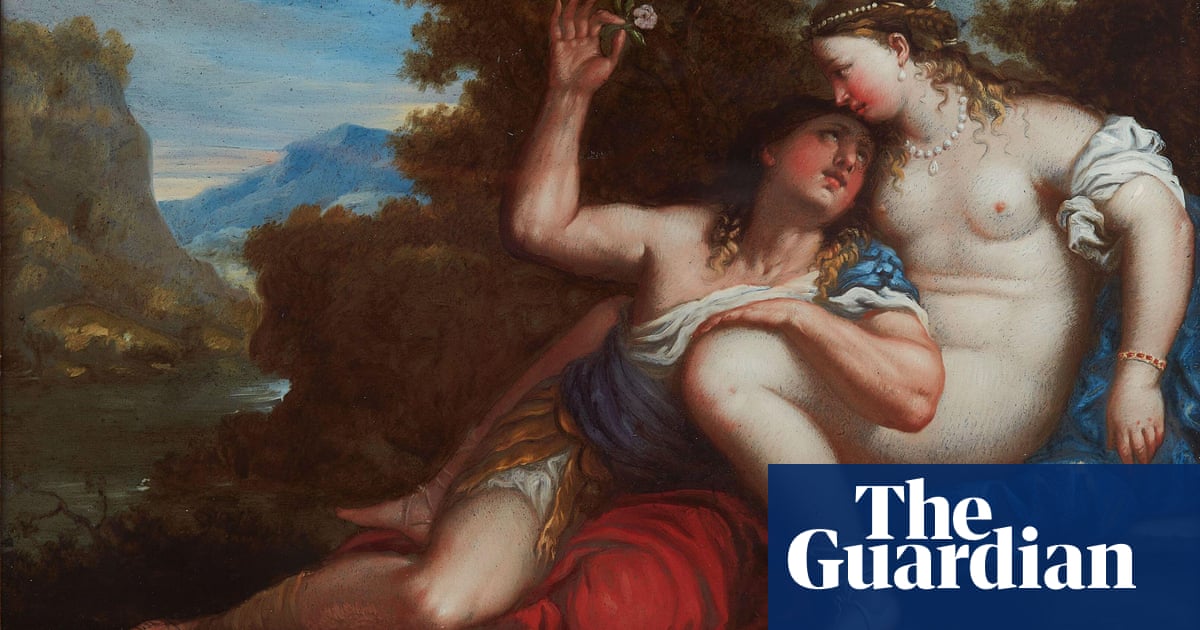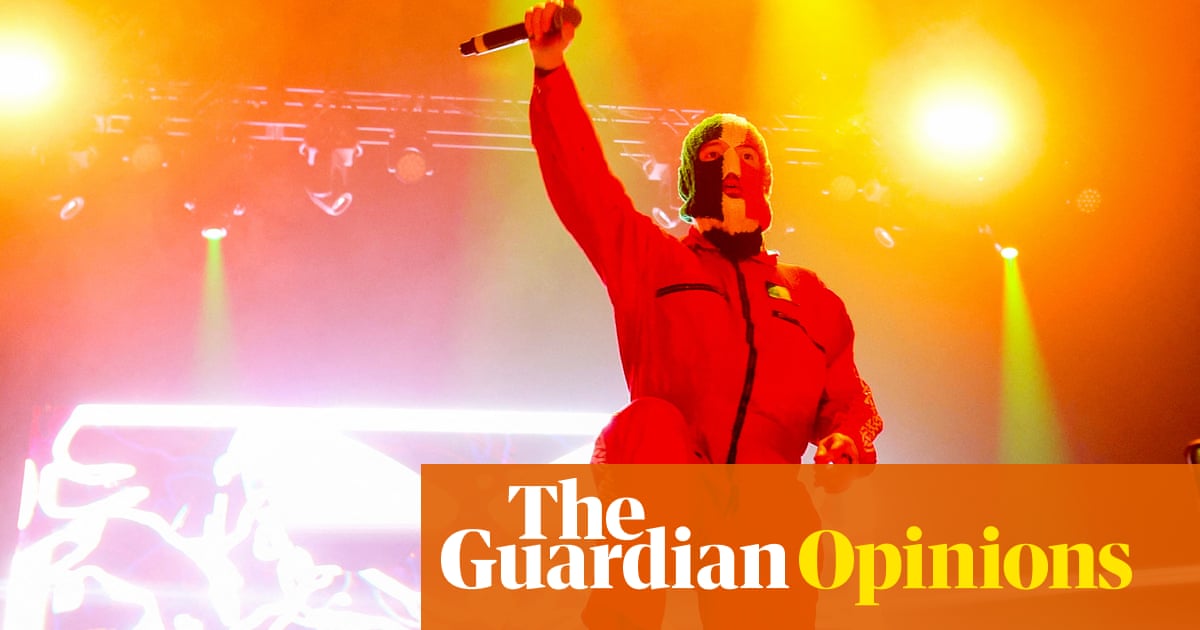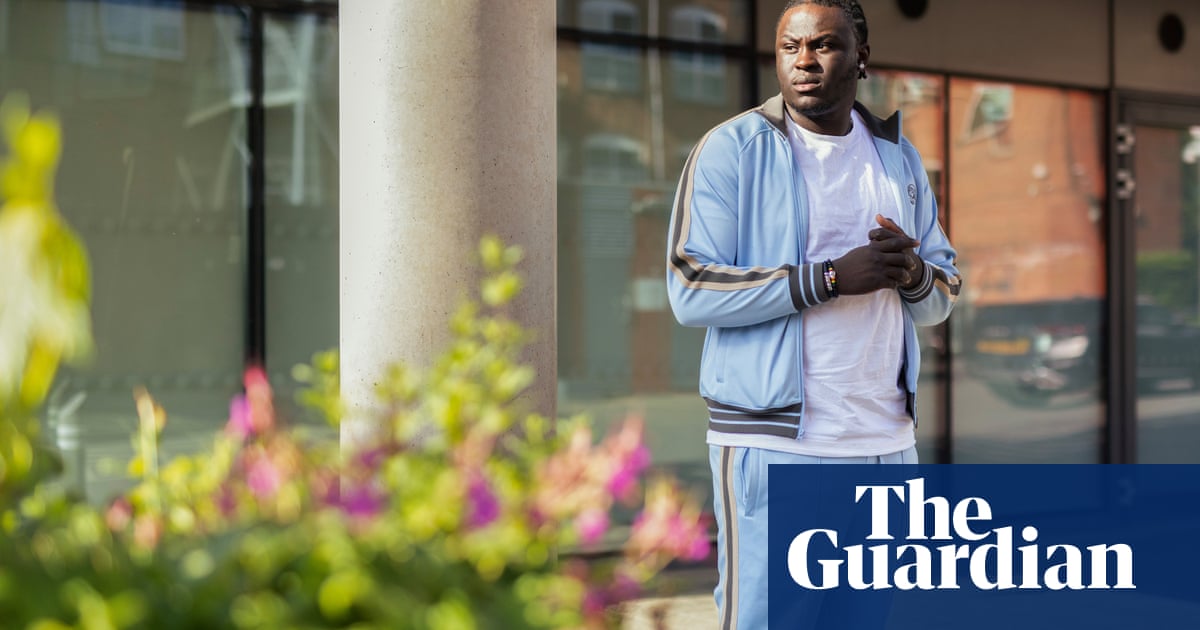Bernie Sanders has called them “one of the great American rock bands”. They’ve been together since 1983, selling out stadiums and hosting festivals where they’re the only band on the bill, drawing tens of thousands. Last week, they won the fan vote for induction into the Rock and Roll Hall of Fame, with 330,000 votes, beating the runner-up, the rock supergroup Bad Company, by 50,000.
Yet outside the US, Phish may be best known as the inspiration for Ben & Jerry’s Phish Food flavor. They’ve never had a significant mainstream hit. And when the Hall of Fame inductees were announced on Sunday, Phish wasn’t among them. Bad Company was. Many fans seemed unbothered: “Phish is too out there, too innovative, not mainstream,” wrote one on a fan message board. “Hall of Fame just isn’t a Phish thing.” Added another: “Let the disdain and misunderstandings continue.”
It’s all par for the course for the quartet, who have become a household name in the US thanks to their incredibly devoted fanbase – even if most people probably can’t name any of their songs. Instead, they’re best known for the stereotype of their most hardcore listeners: hippies who follow them around the country on tour, selling grilled cheese sandwiches in parking lots, obsessing over set lists (the band never plays the same show twice), and doing vast amounts of drugs.
There is truth to the stereotype. To attend a Phish show is to wander through a parking lot full of people distributing veggie burritos and nitrous balloons, wearing tie-dye or shirts with obscure references to specific Phish compositions. Encyclopedic knowledge of the band’s songs comes with bragging rights – there are about 1,000 of them, including covers; in a series of 13 shows at Madison Square Garden in 2017, they didn’t repeat a single one.

The band formed in Vermont in the 80s, and its fans are extremely white. They’re also very male; during a three-show stretch at the Hollywood Bowl in Los Angeles this weekend, there was a line out the door for the men’s room and none at all for the women’s; a Phish show is a place where men have feelings, which they demonstrate through unabashedly terrible dancing. An LA friend who reluctantly attended a concert last year, as an “anthropological experiment”, called Phish a band for east coast kids who loved summer camp.
As Amanda Petrusich wrote in an in-depth New Yorker piece this month, “people who love Phish do so with a devotion that is quasi-religious – deep, eternal and rhapsodic.”
The pop-culture image of Phish has largely focused on their hardcore fans, which tends to distract from the band and the music itself. Hall of Fame or no, there’s no question they’ve made their mark on American culture. The band has long allowed recording at their shows, and the passionate community, which traded cassette tapes and then long-form digital audio, helped to pioneer internet culture. While the band themselves are heirs to the Grateful Dead – often seen as the “jam band” prototype – they helped spread the jam-band gospel, helping to lift or inspire a generation of bands including Dave Matthews Band and the very not-jammy Maroon 5. Festivals such as Bonnaroo are rooted in Phish culture – the band’s guitarist, Trey Anastasio, headlined the first edition. As the BBC put it in 2019: “Attending a Phish gig has become a rite of summer passage for American teens in the same way that attending Glastonbury has for British teenagers.”

They began playing together in college, and the lineup hasn’t changed since 1986: Anastasio on guitar and – usually – lead vocals, Mike Gordon on bass, Page McConnell on keyboards, Jon Fishman on drums. (They still play songs from Anastasio’s college thesis composition.) They’re generally categorized as a jam band – a term whose definition, Anastasio told the New Yorker, he’s unsure about. He worries it means “too much soloing”.
But what makes the band fun to watch is how all four members – with an easy virtuosity – contribute to the impromptu evolution of each song. This isn’t about a lone guitar playing endlessly while the rest of the band plays a looping chord progression. Instead, the musicians listen to each other, sometimes mimicking, sometimes diverging, always driving the song forward. Often, a song ends up totally different from where it began – new chords, new melody, new tempo, but still cohesive – so that given, say, the final minute of a song, even the most experienced Phish fan might not be able to identify the starting point.
Either way, the improvised portions – which make up the majority of each show – are dynamic: the mood shifts from joyful to eerie to abstract and back again. There is a narrative structure, with tension slowly building to a raucous payoff.
Phish are revered for their exhaustive knowledge of the past six decades of popular music, having covered songs from Joni Mitchell to the Five Stairsteps to Chumbawamba. They play bluegrass and funk and sing a cappella as a barbershop quartet, and they’ve performed with artists from Cher to Jay-Z.
And they know how to put on a show. There are onstage dances and jumping on trampolines; Fishman “plays” the vacuum cleaner, manipulating the air with his mouth. Each New Year’s Eve brings a giant Madison Square Garden performance, with elaborate sets, costumes and dancers. One year, the band arrived riding a giant hot dog over the crowd; another, Fishman was supposedly shot from a cannon and went missing.
They’re weird, they’re silly, and the fans can be a lot. But ultimately, what makes them one of “the great American rock bands”, as their fellow Vermonter put it, is summed up in a recent album title: joy. It pulses through their music, their stunts, and their community in a way that’s always felt rare, and that the fans celebrate. As a touring band and an open secret, they exemplify a uniquely American tradition, rooted in 1960s counterculture but stretching well beyond it, tied to the country’s vastness and unknowability. To attend a Phish show is to briefly join a caravan of characters – hippies, nerds, even frat bros – and step outside reality for a few hours.
In a way, it’s appropriate that they didn’t make it into the Hall of Fame this year, despite hundreds of thousands of fan votes. It’s in line with their whole career: a vast army of listeners, but no big hits. A part of American culture for 40 years, but never quite in the mainstream.

 5 hours ago
11
5 hours ago
11

